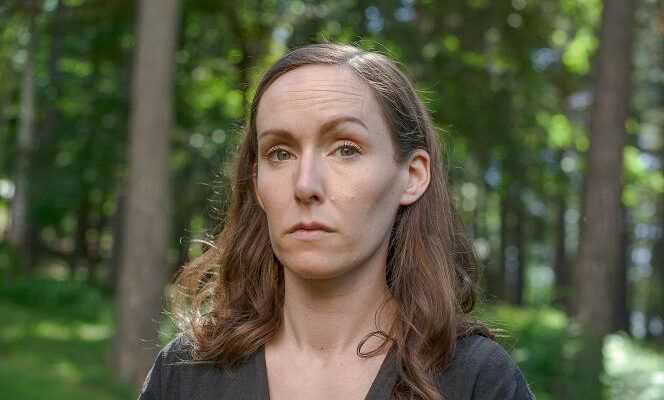Elin L’Estrange insists: “Above all, don’t forget to write that it can be cured, provided you receive the right treatment! “ On July 22, 2011, then 23 years old, the young Norwegian was on the island of Utoya, about forty kilometers west of Oslo. For the first time, his brother accompanied him to the annual summer camp of the Young Labor League (AUF). They heard the first shots around 5:20 pm Disguised as a policeman, the far-right terrorist Anders Behring Breivik arrived on the island, after having detonated a bomb in front of the seat of the government in Oslo. Elin L’Estrange and his brother ran through the woods, then hid at the water’s edge, before swimming away.
Both survived. Sixty-nine of the 564 young people who were then on the island were killed and a hundred were injured. Most were under 20 years old. Eight other people died in the attack in Oslo.
For months, Elin lost her appetite and sleep. Flashbacks constantly brought her back to the island. She was terrified that she would never return to a more or less normal life: “I was searching the Internet for accounts from survivors of the 9/11 attacks in New York. I wanted to know when it was all going to end, but no one could give me a diagnosis ”, she says.
A large-scale trauma
There are very few studies that track survivors of terrorist attacks over time. “It’s not easy to recruit participants because they have just had a terrible experience. And yet, it is very important to be able to do research in order to offer the right treatments ”, explains Grete Dyb, professor of child and adolescent psychiatry and researcher at the Norwegian Center for Violence and Traumatic Stress Studies.
With her team, she therefore contacted the survivors of the Utoya attack and their parents, for a first interview, a few months after the attack. Three other interviews have since been carried out. The last took place eight and a half years after July 22. Almost eight in ten survivors agreed to participate at least once.
Released on May 31, the latest results shocked Grete Dyb : “I thought that 10% of young people would still need support. I never imagined that a third party was still in such pain, so long after the fact. “ For the psychiatrist, the level of exposure to violence – quite similar to that of the Bataclan attack – explains the extent of the trauma: “The attack lasted for over an hour. The young people were stuck on the island, they could not escape. Some were tracked down by the killer and most witnessed scenes of extreme violence. “
You have 48.58% of this article to read. The rest is for subscribers only.
